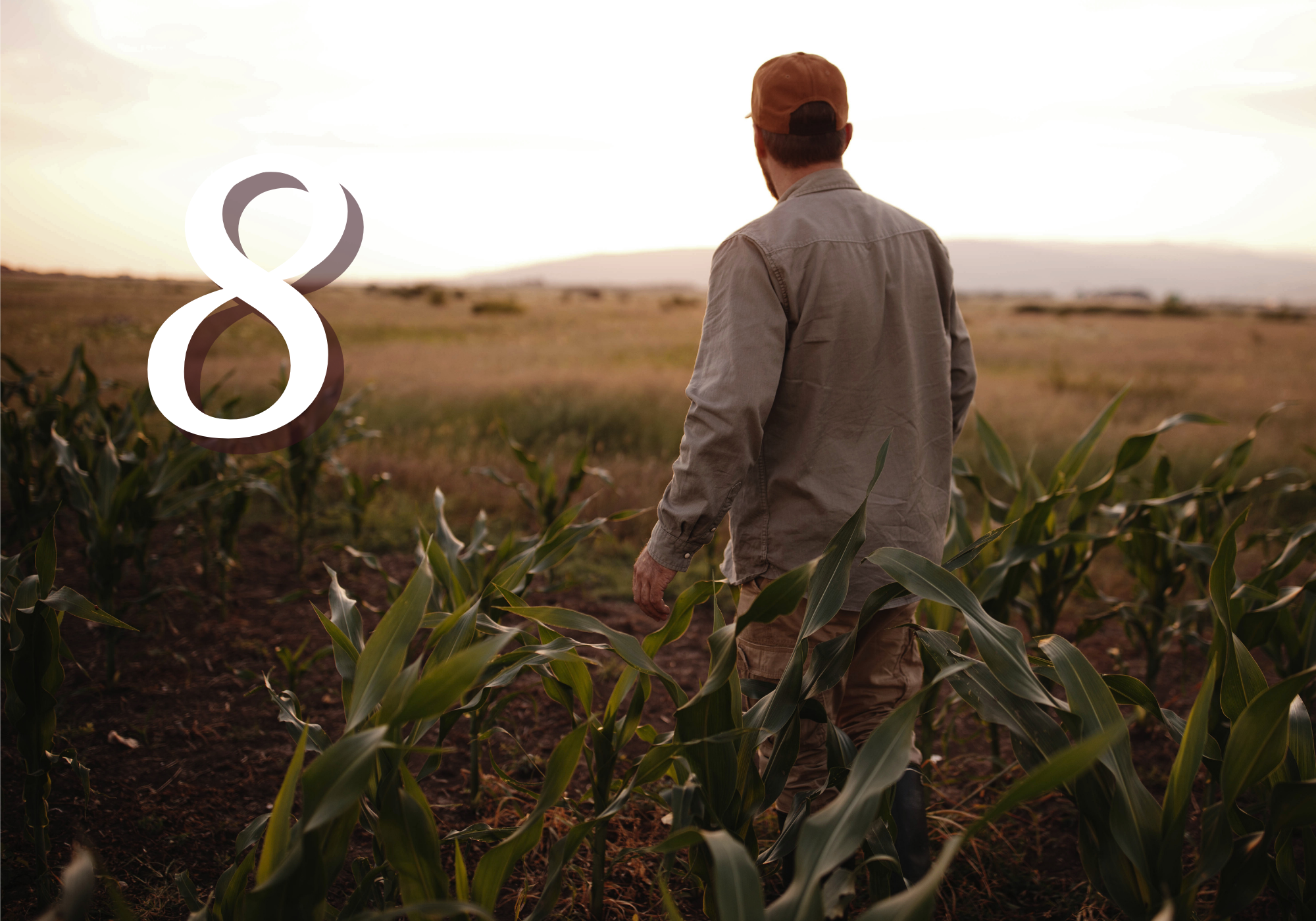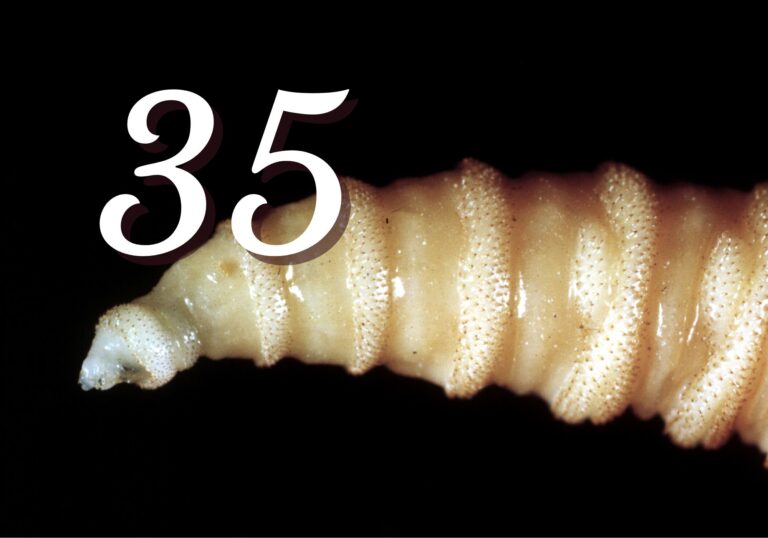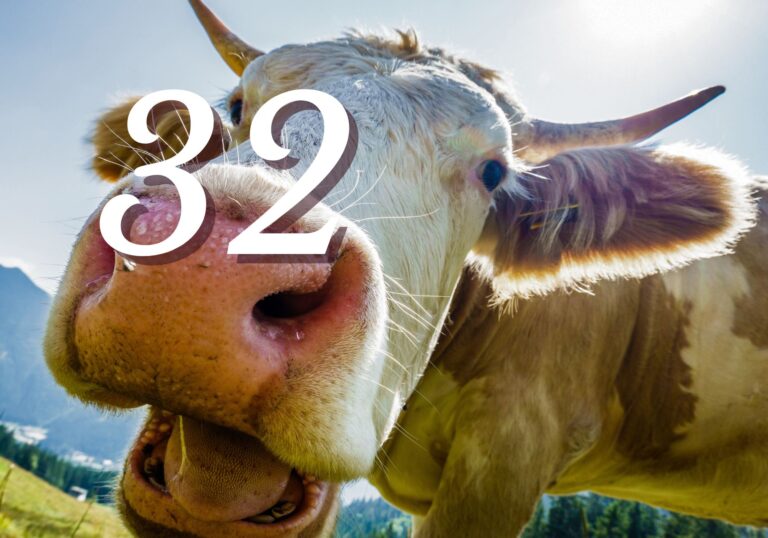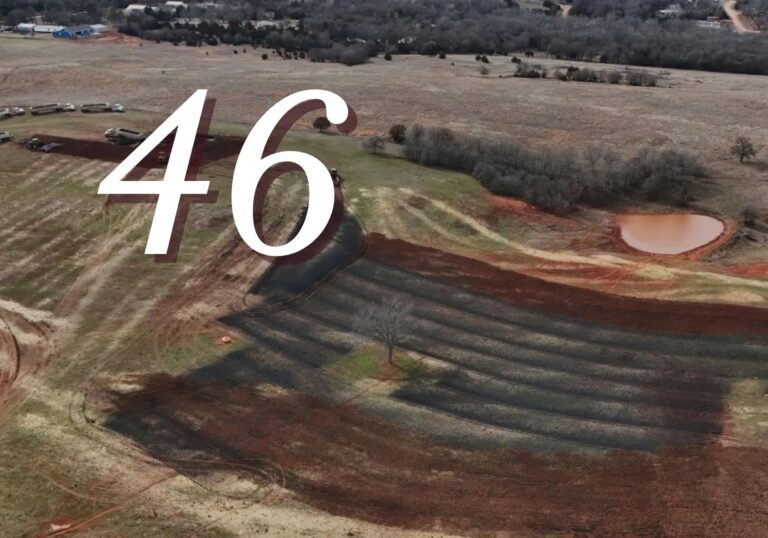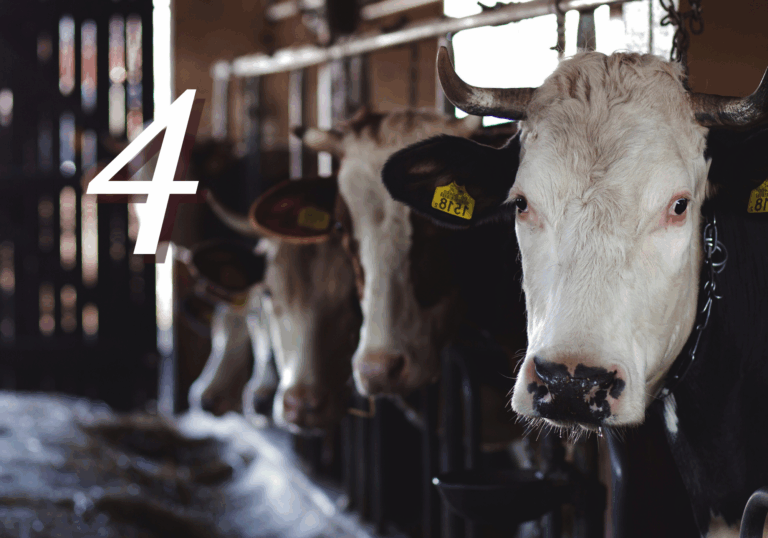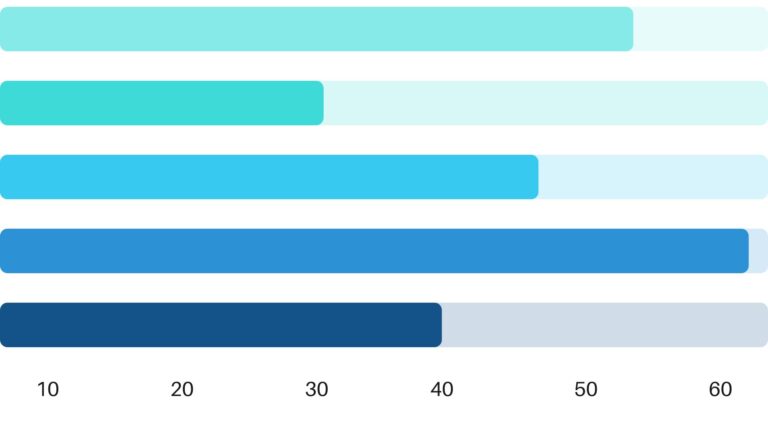Conservation Reserve Program: When the farmer just can’t win
The federal Conservation Reserve Program (CRP), touted as a conservation win, was increased by 5.36 million acres under the Biden administration, the highest amount of acres taken out of production for a conservation program in decades.
While it faces criticism as the program that pays farmers not to grow food, the Conservation Reserve Program was originally created to prevent commodity crop overproduction and to stabilize crop prices for farmers, while giving their fields a rest to help rehabilitate them.
However, the CRP has steadily grown over the years in both acres removed from productive use, and popularity among climate activists.
That’s because the CRP has recently been prioritized for concepts like increasing carbon sequestration over leveling out crop prices, as originally intended.
Today, the 26.86 million acres locked into CRP contracts are restricting access to vital agricultural resources like grazing land and hay.
By incentivizing farmers to take land out of production for environmental purposes, the program has triggered unintended consequences, now rippling through rural communities.
CRP lands, locked into long-term contracts, are managed by the Natural Resources Conservation Service (NRCS), which changed the rules between 2021 and 2023.
These federal rule changes prioritized climate change initiatives, restricting grazing and haying even during recent droughts. Not only did this tighten the supply of hay and drive up costs for livestock farmers and consumers alike, it also created inconsistencies with state property tax laws.

Farmers, like Richard Fee of Iowa, faced state reclassification of their CRP-enrolled land as a result. The state determined that Fee’s enrolled acres were non-agricultural—leading to skyrocketing property taxes.
Scott County, Iowa, where Fee resides, used aerial imagery to deem his land “non-agricultural.” Fee has spent money he does not have to fight the county’s interpretation of vague “primary use” laws that stripped him of his agriculture designation, critical for tax breaks.
This overreach has forced farmers like Fee, who has owned the farm for 23 years, to mount costly and so far futile appeals to retain his former designation.
Economically, the CRP is undermining rural vitality. Farmland removed from production reduces local agricultural output, weakening the economic basis of rural communities.
With 66% of Iowa’s farmland owned by aging farmers, many without successors to take over, reclassifications have accelerated land sales to non-farmers and corporations, while eroding family farms and local economies.
The increased tax burden squeezes ranchers already grappling with low prices for their crops and livestock, threatening their viability. The CRP program’s rigid rules, coupled with local and state efforts to increase their tax base, turn a supposed conservation tool into a punitive trap for farmers, undermining food security and rural resilience.
